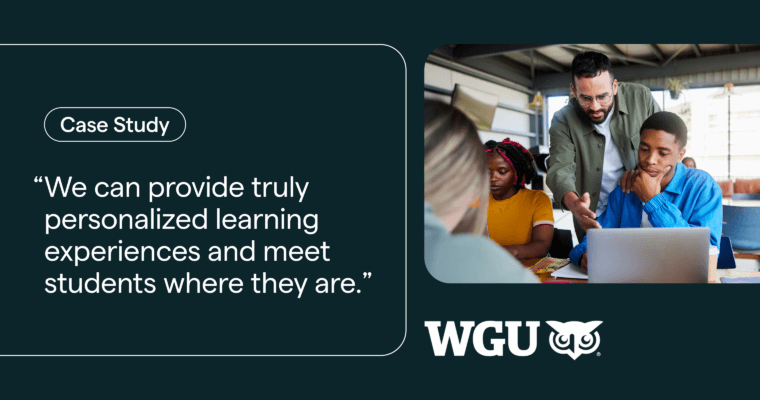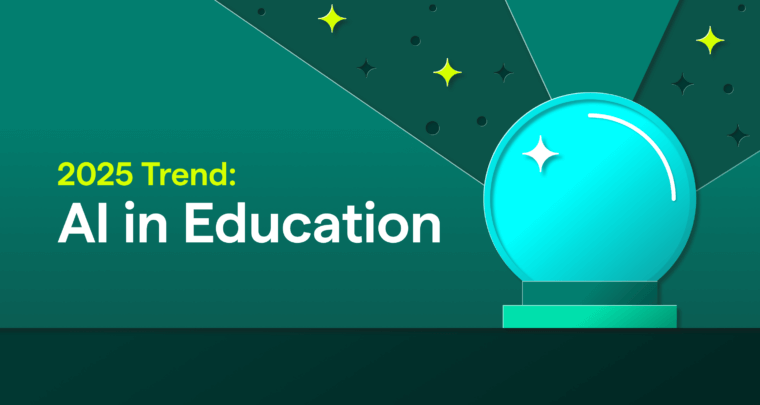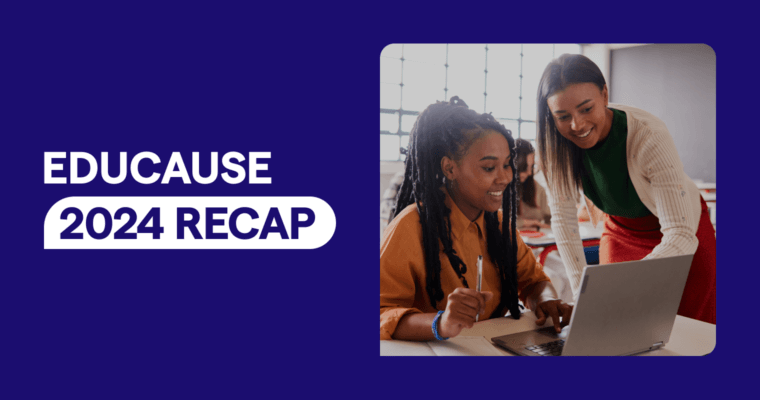
Introduction
Indian River State College serves a diverse student body, including many first-generation, ESL, and non-traditional learners. In Fall 2024, Indian River ran a Grammarly for Education pilot across multiple instructors and courses. The course-level outcomes reported below refer specifically to Dr. Camila Alvarez’s ENC 1101 sections, in which cohort-level differences were observed between adopters and non-adopters in completion and course grades within the same term and instructional context. These findings are correlational and should be interpreted alongside modality, instructor, and selection effects.
Institutional vision:
“At Indian River State College, we believe that preparing our students for tomorrow means embracing the technologies of today. This partnership with Grammarly represents our commitment to transforming education by equipping our students with the communication skills and AI literacy that will define the future workforce.”
— Dr. Timothy E. Moore, President
The challenge: Supporting diverse student needs
Historically, higher education institutions have relied primarily on disseminating expert knowledge via lecture. As access to post-secondary education has grown and instructional approaches have shifted from passive to active learning, students increasingly need more personalized attention and support. At Indian River, this evolution prompted new considerations about how best to provide more comprehensive, personalized writing support to meet the diverse needs of their student body.
Key challenges:
- 67% course completion rate in foundational English courses (Fall 2023)
- Diverse student population (first-generation, ESL, non-traditional)
- Limited capacity to deliver personalized writing support at scale
- Ability to provide immediate writing support during the writing process
Faculty insight:
“This has been really beneficial for my students. I’ve seen an increase in participation, assignment quality, and turnout of midterm assignments. This is such an essential tool for writing.”
— Dr. Suchi Banerjee, Professor of English
Grammarly pilot implementation: A scalable solution
To address these challenges, Indian River implemented a semester-long pilot of Grammarly during Fall 2024. Nearly all invited participants (students, faculty, and staff) activated Grammarly, and many teaching faculty integrated it into their classroom instruction via Canvas LMS.
Personalized access and support
Grammarly provided personalized access to real-time, quality writing support. This was particularly relevant for non-traditional learners and student populations facing unique or significant challenges. Participants and faculty reported the following perceived benefits:
Personalized outcomes included:
- Instant, accessible feedback available 24/7
- Reported benefit to working students, first-generation learners, and ESL students
- Reduced barriers to academic success due to immediate, personalized writing feedback
Faculty insights on Grammarly’s value :
“AI has a place in the classroom because it is in place in the workforce. When I told my students we had access to Grammarly for Education, their eyes lit up. This has leveled the playing field for them. I’ve taught them how to brainstorm with AI and cite their usage. I get better work turned in.”
— Mara Kallich, Professor, English Department
Faculty efficiency and institutional impact
Beyond student outcomes, faculty indicated workload improvements. Improved writing quality meant less time spent addressing basic errors and more time for deeper instructional engagement.
Faculty efficiency improvements:
- Faculty reported reduced time on mechanical feedback (≈30 minutes/day)
- More time available for high-level student feedback and mentorship
Administrative leadership feedback:
“Grammarly is clearly a company that understands the higher education sector—its values, needs, and processes. Having access to Grammarly’s toolset provides an entry point into artificial intelligence in a way that is both consistent with higher education needs and supportive of the inevitable transformation that AI is bound to require. I’ve been impressed with the usability of the platform as well as the training and support the Grammarly team provides (through and after adoption). Perhaps most importantly, Grammarly understands the need for data security and provides a FERPA-compliant option for helping people transition to the world of AI.”
— Bruce Fraser, Executive Director of AI Initiatives
From pilot-wide context to course-level impact
The metrics below narrow to a single-instructor subset: Dr. Camila Alvarez’s foundational English sections (Fall 2024) with 129 students. Figures are descriptive, within-term comparisons between students who adopted Grammarly and those who did not.
Observed outcomes during the pilot
- Course completion (ABC vs DFW): 89% among adopters vs 68% among non-adopters.
- Final course grade (ENC 1101, 4.0 scale; not cumulative GPA): 2.93 for adopters vs 2.17 for non-adopters.
Faculty insight:
“For many of my students—first-generation, ESL, single mothers, and those living at or below the poverty line—having access to Grammarly has been a game changer. These are students who are often working jobs and doing assignments late at night. Instant feedback on their writing helps them in real time, something they wouldn’t otherwise have access to. It levels the playing field. I genuinely see it as a bridge out of poverty, giving them the tools and confidence they need to succeed.”
— Dr. Camila Alvarez, Professor, English Department
Looking ahead: From pilot insights to responsible, student-first scale
Encouraged by the pilot’s cohort-level observations, Indian River State College is expanding Grammarly access institution-wide with a student-first approach that supports instructors’ needs. The goal is a sustainable model in which real-time writing support helps more students finish courses strong, while instructors focus on higher-order teaching and authentic learning.
- Independent evaluation (Learning Experience Design study, Fall 2025): Indian River and Grammarly will conduct an independent Learning Experience Design study with stronger controls to understand where Grammarly contributes most, which students benefit, and how modality and course design interact with tool use. Findings will guide continuous improvement.
- Transparency and authorship literacy: Indian River will pilot student-facing Authorship insights so learners can reflect on drafting and revision patterns, and appropriately cite AI assistance, promoting process transparency and responsible AI use while supporting academic integrity.
- Open-access availability for enrolled students: To serve first-generation, working, ESL, and non-traditional students, Indian River will pair always-on access with targeted onboarding and low-friction usage that fits students’ schedules and devices.
Conclusion
Dr. Alvarez observed higher completion (89% vs 68%) and higher final course grades (2.93 vs 2.17) for students who used Grammarly compared with those who did not. These observations are early signals that merit further study, and Indian River will examine them further through an IRB-guided study as it scales on-demand writing support for students.






